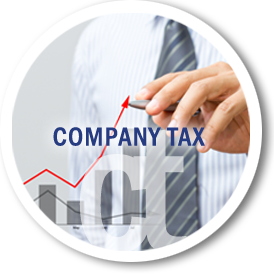The UK Government has pledged that by 2040 all new cars sold will need to be either electric or some form of plug-in hybrid.
However, before this deadline was even announced many within the motor industry believed that by 2025 as many as one in three cars will incorporate an electric power plant.
Much of this has been spurred on by new research which shows the damage that vehicles are doing to the environment and people’s health.
The drive to go electric is therefore growing at a rapid pace, which raises the question, what will happen to the company car in the future?
Company cars are considered a ‘Benefit In Kind’ (BIK), as the use of the car is considered by HM Revenue & Customs (HMRC) to have ‘monetary value’. For this reason company car owners are expected to pay tax on the vehicle if they use it privately. The rate of tax is based on a number of factors including its value and the type of fuel it uses.
However, there are some tax reductions available if:
- Its only owned part-time (such as if the vehicle is shared by another person)
- The employee pays some of its purchase cost
- It has low or no CO2 emissions.
Company car tax bands are not the same as normal Vehicle Excise Duty (VED) tax bands as there are currently 30 different levels based upon emissions, compared to just 13 for VED.
The regime works so that the least polluting company car models pay a lower BIK rate, while the highest polluters pay more.
However, each tax year the rate changes. For example, from April 2016, electric vehicles (EVs) and ultra-low emission vehicles, which were once exempt, have faced a seven or 10 per cent BIK rate.
In the past, rules on emissions saw many owners switch to diesels with lower CO2 emissions, but they now face a three per cent surcharge over petrol models with similar emissions, because they emit more harmful particulates.
As a guide, BIK tax rates are likely to increase by around 2-4 per cent within each CO2 band year-on-year from 2017 to 2020.
However, it is important to note that by 2020 the maximum 37 per cent rate is reached at just 165g/km for petrol cars and 150g/km for diesel.
To work out the tax cost employees will also need to look at the P11D value, which takes into consideration the list price of the car, including options, but less non-taxable items.
If the car costs less to buy than the official P11D value, it won’t save you tax, as HMRC still says the BIK value is the same.
To complicate matters further, changes are currently taking place if the car has been offered as part of a salary sacrifice scheme, or if cash has been offered as an alternative to a car.
From April this year, those who choose the latter will be taxed either on the BIK value of the car offered or on the value of their cash alternative, whichever is higher.
This means that drivers who select a car with a low P11D value and/or a car with low CO2 emissions may no longer benefit from a reduced tax bill.
Similar changes will also take place for those who benefit from salary sacrifice schemes.
Previously they were taxed on the BIK value of the vehicle and, depending on the choice of vehicle, were able to make income tax savings by paying for the car out of their gross salary.
From 6 April 2017, drivers are now taxed on the higher value of either the amount of cash forgone or the BIK value of the car, meaning that they will suffer the same fate as those who would choose a cash alternative and will see their tax liability rise as they will have to pay income tax on the full amount of the cash foregone.
For drivers of existing salary sacrifice scheme cars, or those who ordered a new car before 6 April 2017, the existing tax arrangements stay in place until 5 April 2021 or until a ‘change in arrangements’ has taken place.






